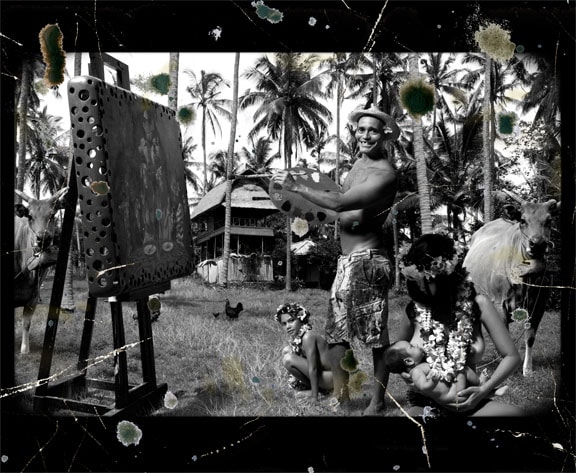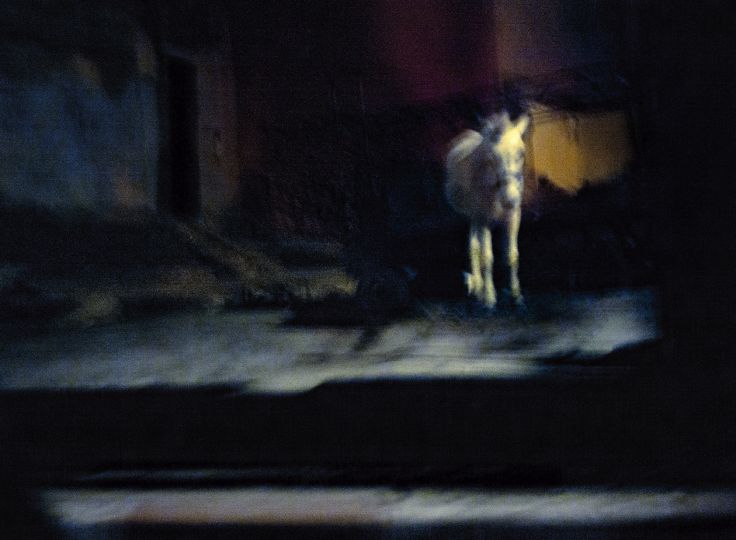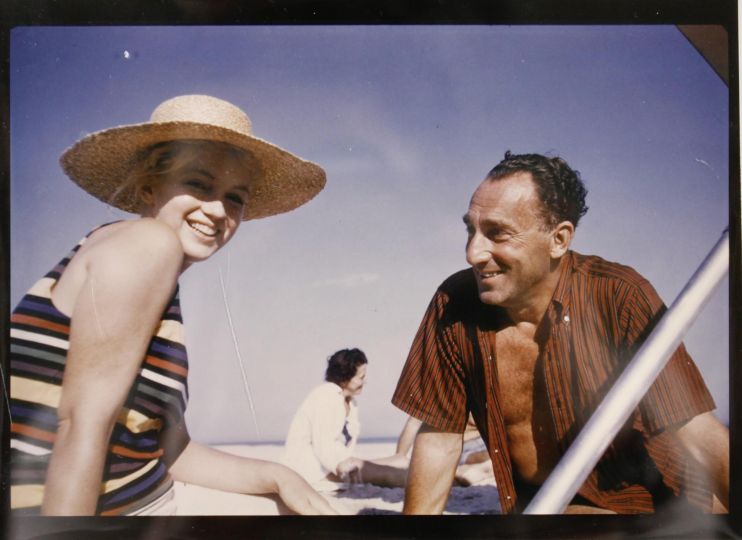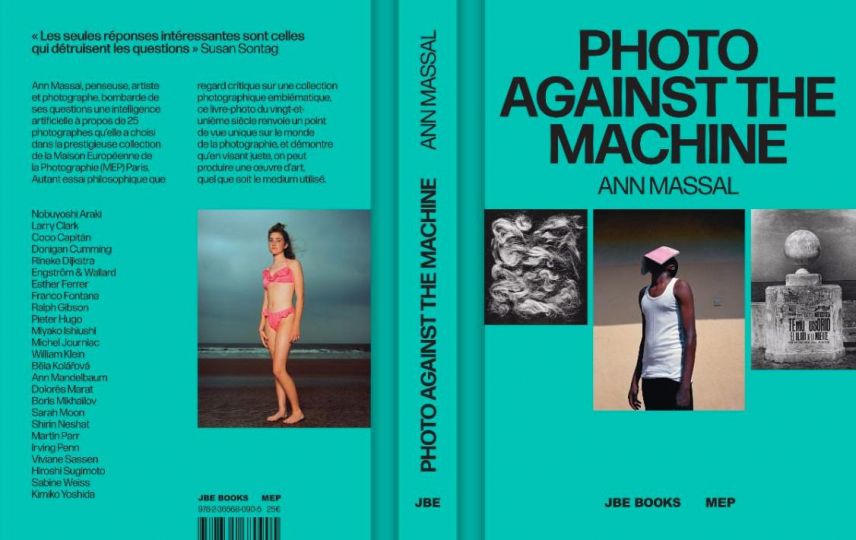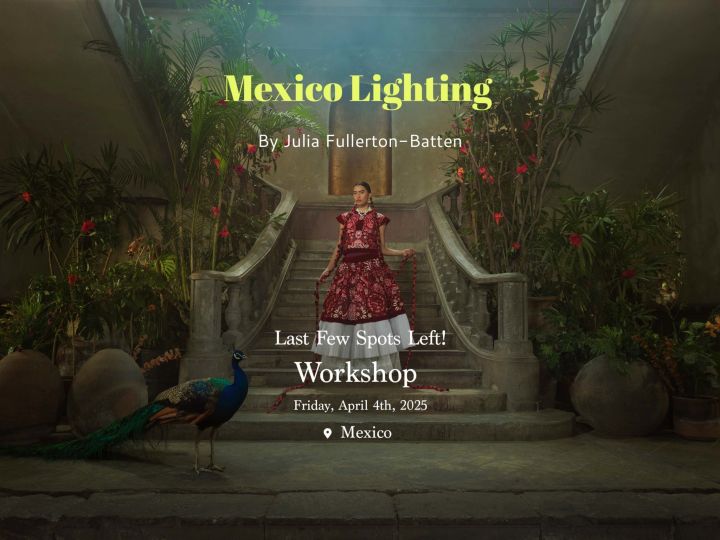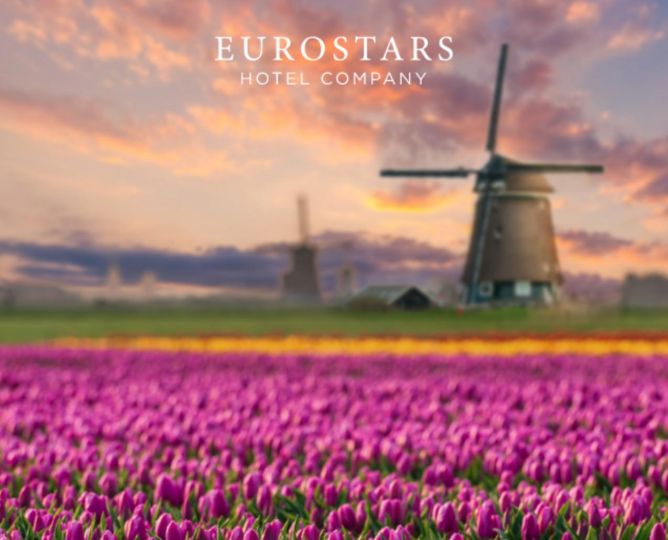Ashley Bickerton’s vibrant and often dystopic vision of contemporary culture has been at the center of his four-decade-long practice, which includes painting, photography, sculpture, and every possible combination therein. The survey demonstrates the extraordinary visual range of Bickerton’s oeuvre, which oscillates between playfulness and brutality, extreme beauty and the grotesque. Works from the artist’s signature series from the 1980’s to present, including Susie, Logos, Blue Man, and new Water Vector and Wall-Wall works, highlight his subversive and self-aware critique of identity, consumerism, and cultural artifice.
Bickerton rose to prominence as part of the 1980’s New York East Village art scene, with works that layered the reductive formalist aesthetic of minimalism with signs, symbols, and logos, as a means to examine commodity and value. In 1982, Bickerton concocted Susie, a personal trademark, which would be stamped onto his work for much of the next decade. Subverting the authority of the signature, Susie reduced the artist to a brand, alongside his use of logos and symbols such as Nike, Samsung, TV Guide, dollar signs, and skulls. As Bickerton stated “maybe somewhere in this circumscribed liberty of obvious, eccentric, contradictory, and choiceless choices we can pinpoint an individual. ‘Yes, I am a macrobiotic birdseed-swallowing disciple of the Marlboro Man, I like my liquor ‘rot gut’ and my TV highbrow, I wear American yokel underwear in icy Bauhaus furniture and I drive a crappy French car. Who am I?’”
The artist’s preoccupation with the end of the world (perhaps foreshadowing the end of his time in New York), was evidenced in Bickerton’s work from the late 1980’s and early 1990’s, which included flotation devices, portholes, ropes, carabiners, and biosphere escape hatches. These time capsules/idiosyncratic survival kits contain a variety of materials – cigarette butts, cheese puffs, alcohol, an Elvis costume, “Smoked Sturgeon, Salmon and Scallops With A Mild Horseradish Flavored Oil,” etc. – all preserved for an eventual apocalypse.
Bickerton decamped from New York in 1993, eventually settling in the surfer’s paradise of Bali, which resulted in a dramatic shift in his practice and style. Working in an increasingly figurative and self-reflective mode, the artist used himself, his family, fellow expats, and prostitutes as models for hyper-realistic paintings, which depicted an increasingly acerbic view of humanity. Bickerton parodied do-gooding society types, contrived and idealized self and family portraiture, western fantasies of island expat life, and the mythological role of the artist. This led to the creation of bizarre, composite alter egos, such as Blue Man and Snake-Headed Man, as well as a tongue-in-cheek version of himself in the likeness of Paul Gauguin. In seeking further freedom to create his maximalist compositions, Bickerton began staging elaborate sets, painting directly onto people and objects that he would photograph and digitally alter. Local, artisinally-crafted frames, inlaid with mother of pearl and hand-carved coconut shells, complete these complex satires.
Whereas Bickerton’s early works tackle form, function, and communication, with sometimes single words acting as the entire painting, his later figurative pieces are visually deafening, with bright color and cluttered objects mirroring the over-the-top excess featured as the work’s subject. Newly created Wall-Walls refer to an earlier series from the 1980’s, and attest to Bickerton’s continued interest to mine and recontextualize a cohesive cadre of themes over time. He states “in a long and often breathless career, I feel I’ve pursued every reckless tangent with utterly no fidelity to any stylistic cohesion, but nevertheless in this tangle I knew inherently there was a larger overarching language that was distinctly my own. The project of the last several years has been to try to come full circle and in the process unearth that language, to give it shape and cadence, and understand how it has run through the work, clear and unadulterated from the beginning. The Wall-Walls turned out to be the key that unlocked it all.”
Information
The FLAG Art Foundation
545 West 25th Street, 9th Floor, New York, NY 10001 USA
September 23, 2017 to December 16, 2017

